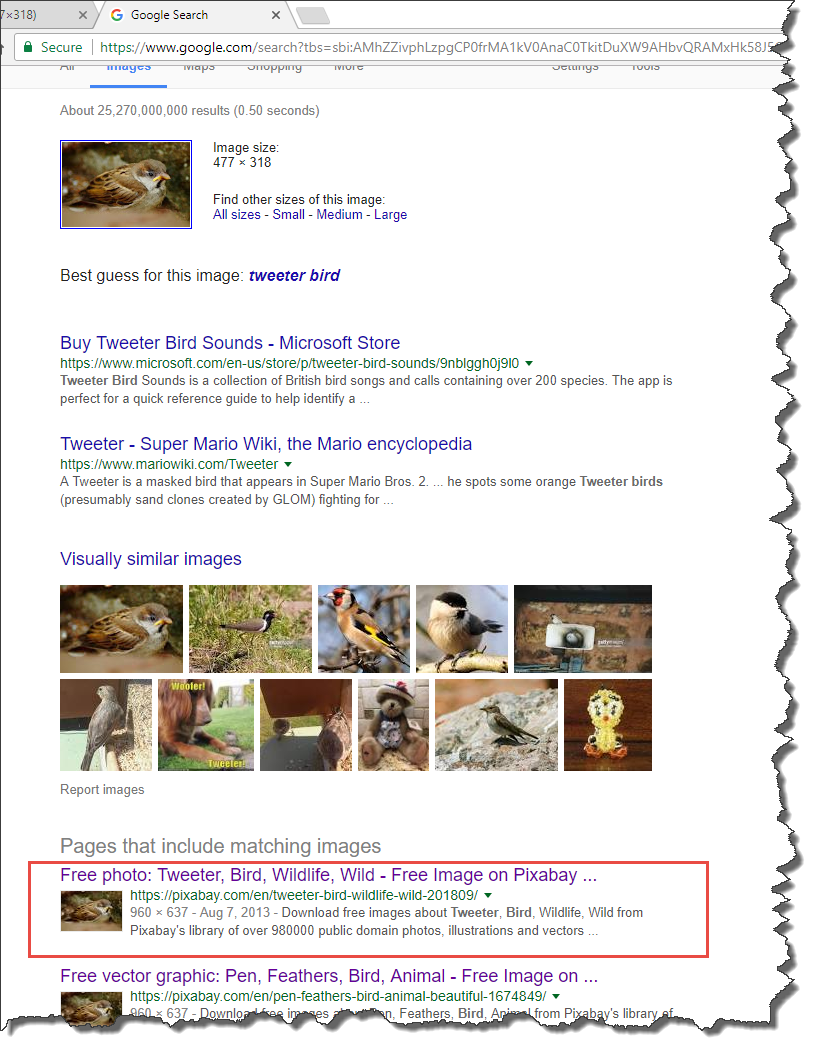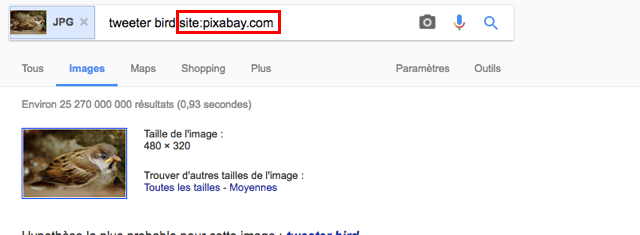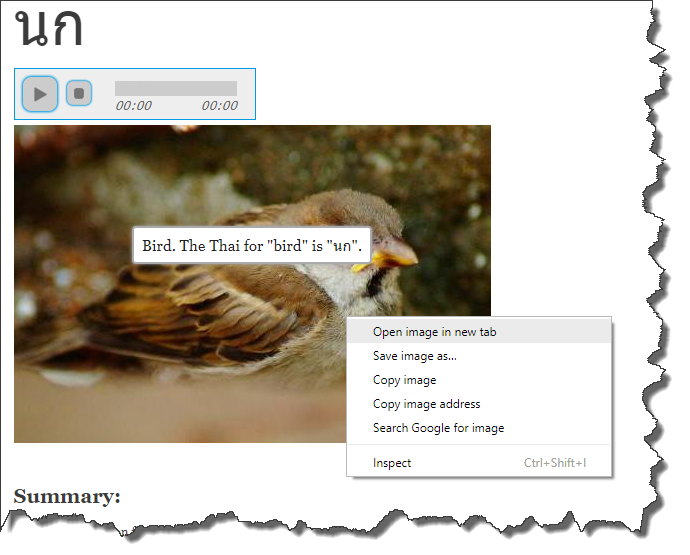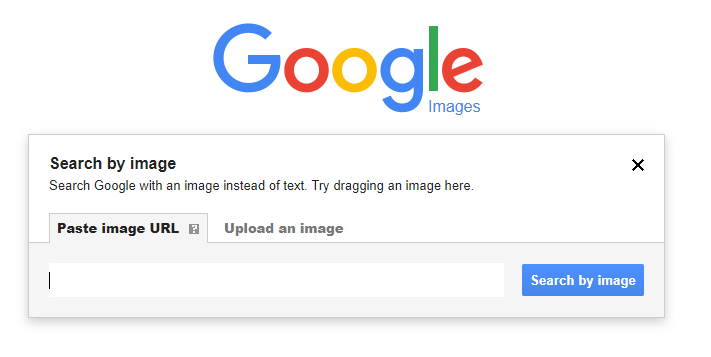The problem
It is not always easy to find the back source of an image on Pixabay if it wasn't originally recorded, since there may be hundreds of pictures with the same keyword, or the keywords used on Pixabay may be nothing like the word we have used it to illustrate.
This page gives some ways to try and track down the image. Sometimes it's easy, sometimes it's real detective work.
Let's say we want to find the image source for the bird on http://lingopolo.com/thai/word/bird

Pixabay current has 33,871 images matching "bird" on 339 pages.
By specifying we only want photos we get down to 29,850 images on 299 pages.
Maybe by adding some carefully chosen extra keywords we can narrow it down and find the right one? Adding "sparrow" gets Pixabay down to 770 photos on 8 pages.
By looking through these maybe we could find the particular picture of this bird.
But wouldn't it be nice if we could find directly the exact picture with a single query?
Possible solutions
Google image search
If your browser allows it, you can very simply right clic on the image and choose "Search Google for image" (in Chrome):

And there on the search results page is the link directly to the correct page on Pixabay:

If you can't find Pixabay on that page, try to add "site:pixabay" at the end of the search field, so that Google only displays results from Pixabay:

And then we can check the page is the one with the same image, and if so, then we've found our image source URL!

Using the photo URL directly
The first thing we need to do is to get the URL of the current photo. To do this in Google Chrome right click on the image to view the menu with "Open image in new tab" (your browser might be a bit different but should have a way to do the same thing):

Then we get to a page where we see just the image, and there we can get the URL:
http://lingopolo.com/thai/sites/lingopolo.org.thai/files/styles/large/p…;
This URL ends with "bird.jpg?itok=2ddkYNCU". Strictly speaking, the URL of the image is just the part up until the .jpg extension:
http://lingopolo.com/thai/sites/lingopolo.org.thai/files/styles/large/p…
Whichever you take is OK, as they will both make it possible to find the image. So, copy/paste the URL and we will use that in the next step.

Next, go to Google and search for "image search", or you can go directly to https://images.google.com/ which gets you to the screen below. Here we get to search by using the URL of an existing image, by clicking on the camera icon.

Here we can paste the URL of our bird image.

If all else fails
Sometimes you just cannot seem to find the source of an image. In that case, you can simply replace the image with another appropriate one where you do know the source.
